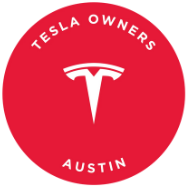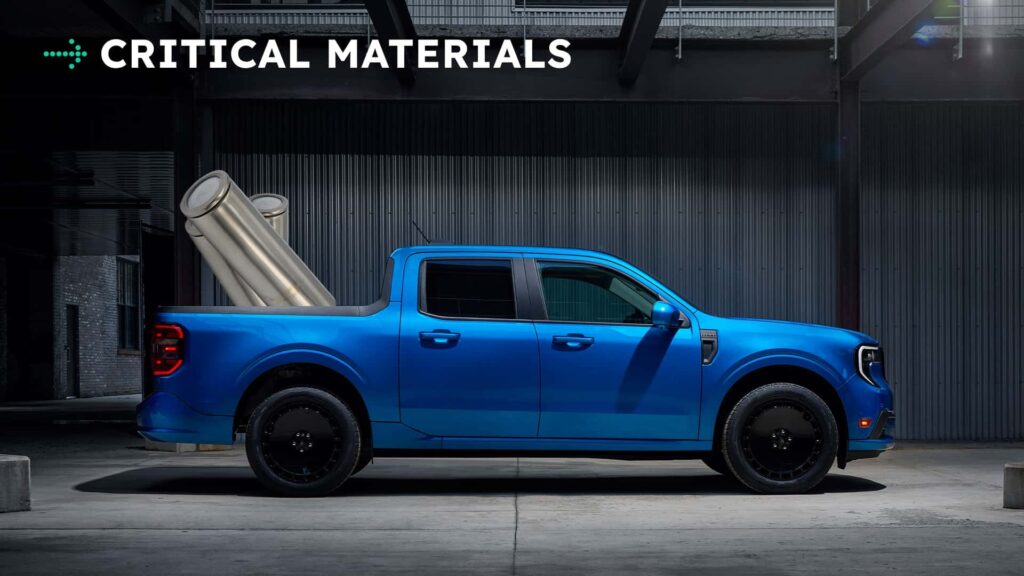Automakers were once racing towards an all-electric future, with plans to go fully electric by 2030. However, recent developments have seen car companies shifting their focus away from electric vehicles (EVs) and back towards hybrid vehicles. This change in direction is a result of various factors such as politics, economics, high costs, and the challenges associated with scaling up new technologies.
According to a recent study by Bank of America, automakers are scaling back their plans to introduce new models in the coming years. The study, known as Car Wars 2025, predicts a decrease in the number of new models to be launched, including both gas-powered and EV models. This shift is attributed to factors such as tariffs, fluctuating demand for EVs, and uncertain regulations.
The study forecasts a total of 159 new models to be launched over the next four years, a significant decrease from over 200 models that were expected to be introduced last year. Of these new models, 71 are expected to be EVs, which is approximately half of what was forecasted two years ago.
John Murphy, a senior automotive analyst with Bank of America Securities, highlighted the challenges facing the automotive industry. He mentioned that there is pent-up demand in the market, particularly for vehicles at the lower end of the market that are not currently being met by the industry. This shift towards hybrids is seen as a response to the uncertainties surrounding EV investments and disruptions in the supply chain.
Murphy emphasized that the push towards hybrids is not a sign of automakers reverting to traditional combustion engines but rather a strategic move in response to the changing landscape. Geopolitical tensions, supplier disruptions, loss of incentives, and tariffs have all contributed to the reevaluation of EV plans.
The study also suggests that the U.S. market share of EVs may have already peaked at around 8% and may not see significant growth in the next few years. Additionally, the EV crossover market is described as saturated, leading to a reevaluation of future EV models.
In conclusion, the automotive industry is experiencing a shift away from ambitious EV plans towards a more cautious approach that prioritizes hybrids. This change reflects the challenges and uncertainties facing the industry, as automakers navigate geopolitical tensions, supply chain disruptions, and changing market dynamics. The automotive industry is facing a significant shift in the coming years, with a new study suggesting that there will be fewer new crossover products, including electrified ones, launching over the next four years. While this may come as good news for those who are not fans of crossovers, it may not be as welcome for EV enthusiasts eagerly anticipating new electric vehicles hitting the market.
The study indicates that the industry is entering a phase referred to as the “hybrid hangover era,” where automakers are treading carefully between the diminishing popularity of combustion engines and the not yet fully embraced era of electric vehicles. This means that while the development of EVs may not be halted completely, there may be a temporary pause as automakers navigate consumer trust and secure stable supply chains.
In a surprising turn of events, dealerships in China are facing a different kind of struggle. The China Auto Dealers Chamber of Commerce has issued a plea to automakers to stop offloading excess EV inventory onto them. The intense competition in China’s EV market has led to a price war, resulting in dealerships being inundated with surplus stock and forced to sell at slashed prices akin to a going-out-of-business sale.
The Chamber has urged automakers to set reasonable production and sales targets, refrain from transferring excess inventory to dealerships, and improve dealership margins to alleviate the pressure of selling cars that consumers are not buying. The current situation has led to inventory piling up on dealership lots, with sales slowing down despite aggressive pricing strategies.
With the Chinese market saturated with brands like BYD, Geely, NIO, Xiaomi, Xpeng, and Tesla vying for market share, the competition is fierce. Dealerships are feeling the strain of the price war, with some even being forced to close down due to the challenging business environment. The Chamber’s call for action aims to support dealerships and prevent further closures in the face of mounting inventory levels and decreasing sales.
As the industry grapples with the changing landscape of automotive technology and consumer preferences, it remains to be seen how automakers will respond to the evolving market dynamics. Whether this period of transition will lead to a resurgence in EV development or a continued focus on traditional combustion engines is uncertain, but one thing is clear – the automotive industry is in a state of flux, and only time will tell how it will adapt to meet the demands of the future. The automotive industry is currently facing a challenging time as dealerships struggle to stay afloat amidst a sinking ship. With increasing competition and economic pressures, many are finding it difficult to sustain their businesses. Eventually, someone will have to bow out due to a lack of funds or patience, in order to become more sustainable. But until then, dealerships are trying to navigate through the chaos and hope for the best.
In the midst of all this turmoil, China’s Apple Car, the Xiaomi SU7, has emerged as a shining star in the EV market. The sedan has captured the hearts of consumers, leading to a surge in demand. However, this popularity has come with its own set of challenges. The waitlist for the Xiaomi SU7 has grown to almost a year, with customers having to wait up to 350 days to take delivery of their vehicles after ordering.
According to a report from CarNewsChina, the delivery waiting time for the SU7 Pro electric sedan ranges from 47 to 50 weeks. This means that customers who place an order today may have to wait until April or May of the following year to receive their cars. The demand for the SU7 has been so overwhelming that Xiaomi is struggling to keep up with production. The company is planning to open a new factory to manufacture its upcoming YU7 crossover, which could further delay the delivery of the SU7.
Despite the challenges, Xiaomi’s sales have continued to soar, breaking records and exceeding targets. The company’s ability to create a compelling EV with flagship specs at an affordable price has resonated with consumers. Even controversies over power limitations and expensive accessories have not dampened the enthusiasm for the SU7. The only hurdle now is the long waiting period for delivery.
Overall, Xiaomi’s success with the SU7 is a testament to the growing demand for affordable electric vehicles with high-quality features. As the company gears up to launch its Model Y competitor, the Xiaomi YU7, hopes are high for another hit in the market. Xiaomi has proven that it is possible to create a winning formula in the EV industry, and customers are eagerly waiting to see what the company will deliver next. Are you willing to go back to a hybrid vehicle? The Toyota RAV4 Hybrid has been a wild success story for the brand so far, and it’s easy to see why. With its combination of fuel efficiency, practicality, and performance, it’s no wonder that this hybrid SUV has been flying off the shelves.
One of the key selling points of the RAV4 Hybrid is its impressive fuel economy. With an EPA-estimated 40 mpg combined, this vehicle offers significant savings at the pump compared to traditional gas-powered SUVs. This is especially appealing in today’s world where gas prices can fluctuate unpredictably.
But it’s not just about saving money on fuel. The RAV4 Hybrid also offers a smooth and quiet ride, thanks to its electric motor that kicks in at low speeds. This makes it a comfortable and enjoyable vehicle to drive, whether you’re commuting to work or taking a road trip with the family.
In terms of performance, the RAV4 Hybrid doesn’t disappoint either. With a total output of 219 horsepower from its hybrid powertrain, this SUV has plenty of power for passing on the highway or tackling off-road trails. And with its all-wheel drive system, you can feel confident driving in all types of weather conditions.
But perhaps the most impressive aspect of the RAV4 Hybrid is its practicality. With seating for five passengers and ample cargo space, this SUV is perfect for families on the go. And with a host of advanced safety features, including Toyota Safety Sense 2.0, you can feel secure knowing that you and your loved ones are protected on the road.
Overall, the Toyota RAV4 Hybrid is a shining example of what a hybrid vehicle can be. It offers a winning combination of fuel efficiency, performance, and practicality that is hard to beat. So, if you’re in the market for a new car and are considering going back to a hybrid, the RAV4 Hybrid should definitely be at the top of your list. With its wild success story so far, it’s clear that this vehicle is a winner in every sense of the word.

